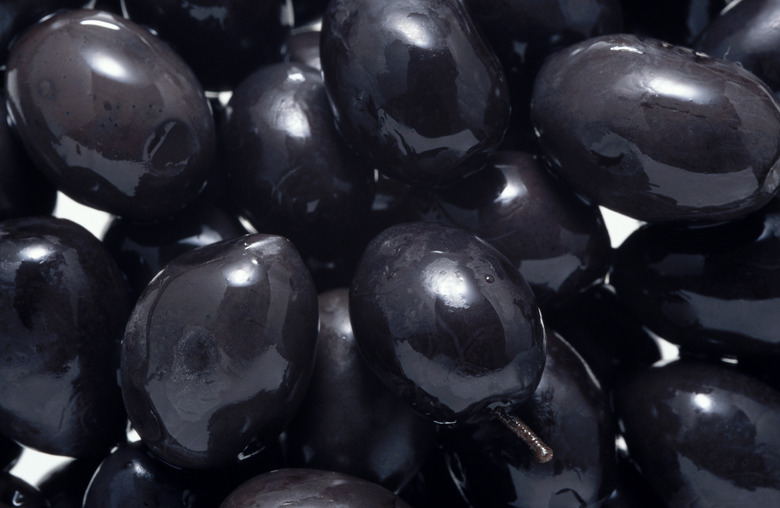How Was Ancient Greek Food Stored?
Ancient Greece was a highly sophisticated society, rich in culture and responsible for advancements in everything from architecture to cartography. But they lacked refrigeration methods, just like the rest of the world at the time. Citizens focused on maintaining their food to the best of their abilities until it inevitably went bad.
Storage Containers
Storage Containers
The ancient Greeks are thought to have stored their sustenance inside of massive jars. Clay was generally the material used to produce the containers and they were placed in the coldest parts of residences in an effort to keep food and beverages cool, often a challenge in the region's warm temperatures. The handmade jars could accommodate hundreds of gallons of wine or oil. Grains, which were used to make bread, were also frequently kept inside of these jars. Ancient Greeks also often stored food inside of amphoras, tubs and bowls equipped with tops.
Crop Storage
Crop Storage
Farming was a big part of life for ancient Greeks. They grew a broad array of crops, including beans, olives, barley, wheat and grapes. Their crops were often maintained inside of tiny sheds right outside of their residences. Once the crops were no good, they simply did away with them. The goal was generally to store food until it wasn't suitable for consumption anymore.
A Diet of Fresh Food
A Diet of Fresh Food
Ancient Greeks frequently got around their lack of refrigeration by eating very fresh food. Fresh vegetables and fruits were both big components of the daily menu of ancient Greeks, whether garlic, beans, onions, cherries, squash, figs, peas, plums, apples, spinach and pears. Their diets often shifted along with the time of year. They often ate what was available and fresh for the season.
Summertime Refreshments
Summertime Refreshments
Ancient Greece could be an extremely hot place, particularly during the sweltering summer months. With no refrigeration, the concept of an ice-cold drink wasn't a realistic concept for many. Privileged ancient Greeks, however, were able to enjoy chilled beverages courtesy of ice and snow retrieved from the tops of mountains. The ice was kept cold in underground cellars, protected by straw and wood. This was an effective way for keeping ice frozen, often for months on end.
References
- Food in the Ancient World From A to Z; Andrew Dalby
- Ancient Greek Houses and Households; Bradley A. Ault and Lisa C. Nevett
- Ancient Greece; Richard Tames
- Household and City Organization at Olynthus; Nicholas Cahill
- Ancient Greece Daily Life; Stewart Ross
- How Do Refrigerators Work?; Christina Wilsdon
- Land and Resources of Ancient Greece; Melanie Ann Apel
- Ancient Greece; Anna Claybourne
- Warfare and Agriculture in Classic Greece; Victor Davis Hanson
- Greece — The Culture; Sierra Adare
Cite This Article
MLA
Millburn, Naomi. "How Was Ancient Greek Food Stored?" sciencing.com, https://www.sciencing.com/ancient-greek-food-stored-9799/. 24 April 2017.
APA
Millburn, Naomi. (2017, April 24). How Was Ancient Greek Food Stored?. sciencing.com. Retrieved from https://www.sciencing.com/ancient-greek-food-stored-9799/
Chicago
Millburn, Naomi. How Was Ancient Greek Food Stored? last modified March 24, 2022. https://www.sciencing.com/ancient-greek-food-stored-9799/
